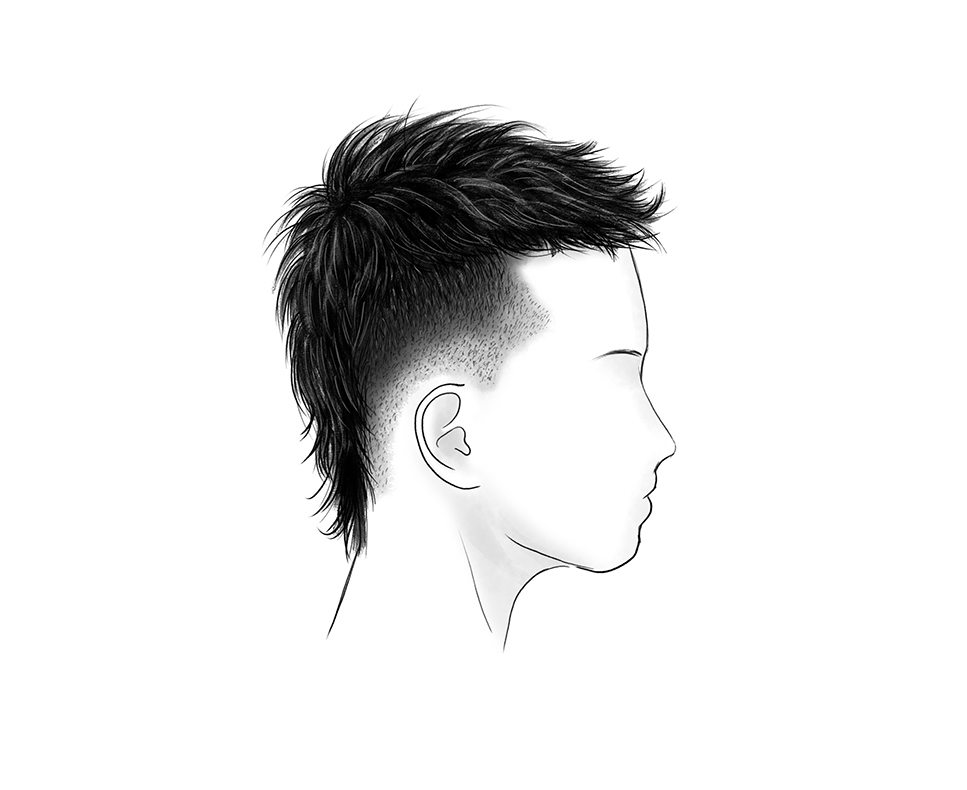This barbering industry holds a crucial role in individual care and self-care. However, it is essential to emphasize the health and safety of both customers and stylists in this setting. Robust health and protection regulations are crucial for maintaining hygiene standards, avoiding accidents, and ensuring a positive experience for everyone involved. By adhering to these guidelines, professionals can establish a safe environment that encourages confidence and comfort among patrons.

One critical component of well-being and safety in grooming is cleanliness. Barbers must comply with rigorous cleaning practices, including regular disinfecting of equipment and stations. This includes disinfecting shears, clippers, and combs after every use to eliminate the possibility of transmitting germs or infections. Additionally, professionals should use sanitized capes and towels for each client to maintain a hygienic setting. Implementing these practices not only protects customers but also boosts the credibility of the grooming establishment.
An additional critical requirement addresses the proper handling of chemicals used in hair treatments. Items such as coloring agents, relaxers, and other formulations can pose risks if not managed correctly. Stylists must adhere to protective protocols for the containment and application of these chemicals to avoid dermal reactions or see this page allergic reactions among clients. Wearing gloves and providing adequate airflow during procedures are crucial measures that professionals should implement to protect client safety while delivering quality services.
Accident prevention is also a key element of wellness and security requirements in barbering. Salons should be arranged with precaution in mind, reducing dangers such as wet surfaces or cluttered workspaces. Staff should be trained in emergency procedures, including how to handle lacerations or burns that may occur during service. Providing first aid kits and ensuring that all staff members know their locations is an excellent way to prepare for unexpected events. By emphasizing safety measures, barbers can create an environment where clients feel secure and cared for.
Finally, effective communication is key to supporting customer wellbeing in the barbering industry. Barbers should engage with clients about their needs and any potential concerns linked to the treatments offered. This involves reviewing sensitivities to chemicals or previous adverse affordable barber shop reactions experienced by clients. By fostering open dialogue, barbers can develop trust with their customers while ensuring that they receive personalized care tailored to their individual requirements. Ultimately, upholding wellness and protection standards will lead to enhanced customer experience and a successful haircare practice.